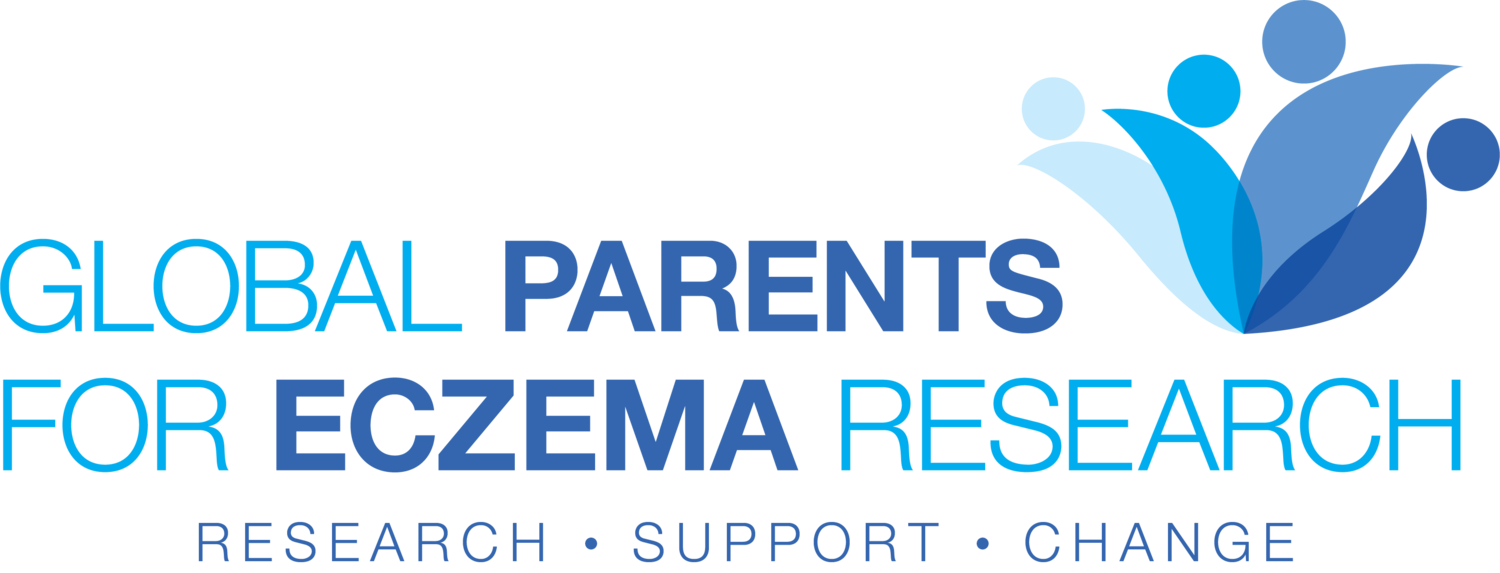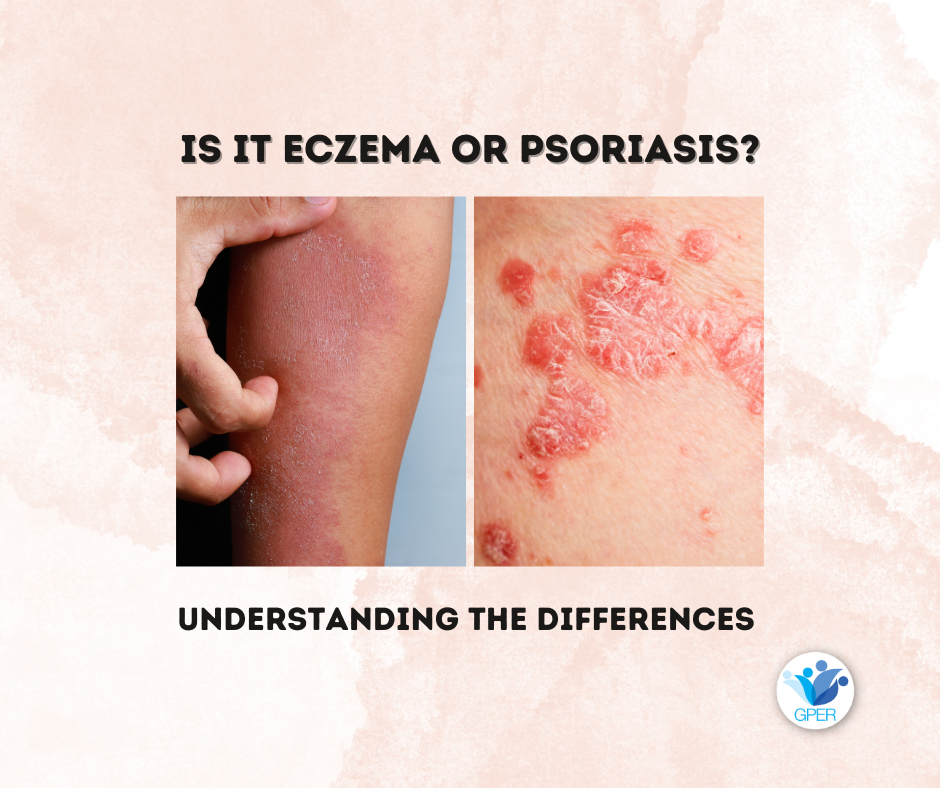Is it Eczema or Psoriasis? Understanding the Differences
When parents research the cause of their child’s persistent itchy and inflamed skin, they discover two common possibilities are eczema and psoriasis. Although they may share some similar symptoms, they are distinct conditions with unique characteristics and treatment approaches. This blog explores the key differences between eczema and psoriasis in children.
Eczema in Children
Eczema, also known as atopic dermatitis, is a chronic skin condition that often appears in infancy or early childhood. It is characterized by inflamed, itchy, and red patches on the skin. Here are some key features of eczema in children:
Age of Onset: Eczema typically appears in infancy, with many children developing symptoms before the age of 5. It can persist into adolescence and adulthood, but some children may outgrow it.
Location: Eczema often affects the flexural areas of the body, such as the inner elbows and knees, as well as the face, neck, and hands.
Symptoms: Common symptoms of eczema include intense itching, redness, dryness, and the formation of small, fluid-filled blisters. Scratching can lead to skin thickening and potential infection.
Triggers: Eczema flare-ups can be triggered by factors like allergens (e.g., pollen, pet dander, certain foods), irritants (e.g., harsh soaps, detergents), and stress.
Treatment: Management of eczema in children typically involves moisturizing the skin regularly, using mild soaps and detergents, avoiding triggers, and in some cases, prescribed topical, injectable or oral medications to reduce inflammation and itching.
Psoriasis in Children
Psoriasis is another chronic skin condition characterized by the rapid buildup of skin cells, leading to the formation of red, thick, scaly patches. Although less common in children compared to adults, it can still affect them. Here are some key features of psoriasis in children:
Age of Onset: Psoriasis can develop at any age, including childhood. However, it often appears slightly later than eczema, typically in the teenage years.
Location: Psoriasis patches can appear anywhere on the body, but they commonly occur on the scalp, knees, elbows, and lower back.
Symptoms: The hallmark symptom of psoriasis is the presence of raised, silvery scales on top of red, inflamed skin. Unlike eczema, psoriasis patches are often well-defined and may be thicker in texture.
Triggers: Psoriasis flare-ups can be triggered by factors like stress, skin injuries, infections, and certain medications.
Treatment: Managing psoriasis in children usually involves topical treatments, such as corticosteroids and moisturizers, as well as phototherapy (light therapy) and, in some cases, oral or injectable medications to control inflammation and slow down skin cell growth.
Can a child have both eczema and psoriasis?
Yes, but its rare according to a 2020 analysis reviewing the results of multiple studies. Roughly 2% of patients have both eczema and psoriasis, complicating treatment for both conditions.
Understanding the differences between eczema and psoriasis in children is essential for accurate diagnosis and effective management. If you suspect that your child may have either of these conditions, it is important to consult a healthcare professional for a proper evaluation and treatment plan tailored to your child's specific needs. With the right care and management, many children with eczema or psoriasis can lead comfortable lives with well-controlled symptoms.
Receive our blogs right to your inbox by subscribing to our newsletter! Like what we do? Consider donating to GPER!


